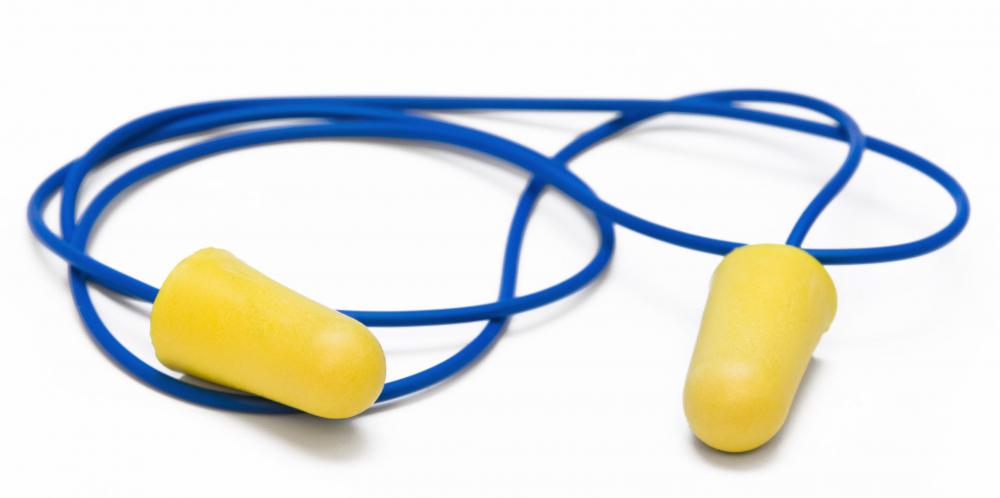At WiseGEEK, we're committed to delivering accurate, trustworthy information. Our expert-authored content is rigorously fact-checked and sourced from credible authorities. Discover how we uphold the highest standards in providing you with reliable knowledge.
What does a Manual Machinist do?
Manual machinists produce a myriad of products in metal or wood used in manufacturing industries, including aerospace, auto parts, and sheet metal. A manual machinist may be responsible for programming huge machines to create parts using precise specifications. Some machines are controlled by computers, which are programmed to replicate the exact part a customer needs. Manual machinists serve a vital role in the manufacturing world, creating a necessary supply of parts and tools.
Machine shops might create one-of-a-kind parts using extremely close tolerances. Manual machinists in these shops generally work with various metals, including titanium, tungsten, steel, and copper. They might use micrometers, calipers, and gauges to meet strict requirements of customers. Using blueprints, the manual machinist determines the speed of the machine for the particular type of metal, and how it reacts to changes in temperature. Some machines that run especially fast must be doused frequently with machine oil to keep them cool and operating optimally.

Mill machinists can work with plastic, aluminum, steel, or other metals that need to be bored, drilled, or cut. A milling machine commonly requires a lathe to shape and form the material. These machines may be set up to produce hundreds of thousands of the same part for a single customer. The manual machinist must carefully program the equipment to mass-produce the precision part needed. If he or she errs in the programming process, an entire batch of raw material could end up as scrap.

Manual machinists often get experience in the trade through apprentice or internship programs. Completion of secondary school is commonly required to obtain a job in a machine shop. A manual machinist should have good manual dexterity and be able to read blueprints and follow their specifications. While working in a machine shop, the employee learns the properties of different metals and wood, tools used in the machining process, and proper maintenance of the equipment.

Vocational and trade schools offer opportunities to learn the basics of manual machining. Internet courses educate a prospective manual machinist about the different types of machines and tools used. Hands-on experience can be sought by applying to machine shops after completing the courses, and professional organizations in the machining industry offer certification for working machinists.
Manual machinists stand most of the day and are subject to metal filings and a noisy working environment that may include unpleasant odors. The machines used are typically large with many moving parts, and require the use of grinding, drilling, and sometimes stamping tools. Machinists routinely wear earplugs and safety glasses to protect them from hazards while operating the equipment. They may be covered in oil at the end of the work day from machines that throw off machine oil while running.
AS FEATURED ON:
AS FEATURED ON:













Discuss this Article
Post your comments